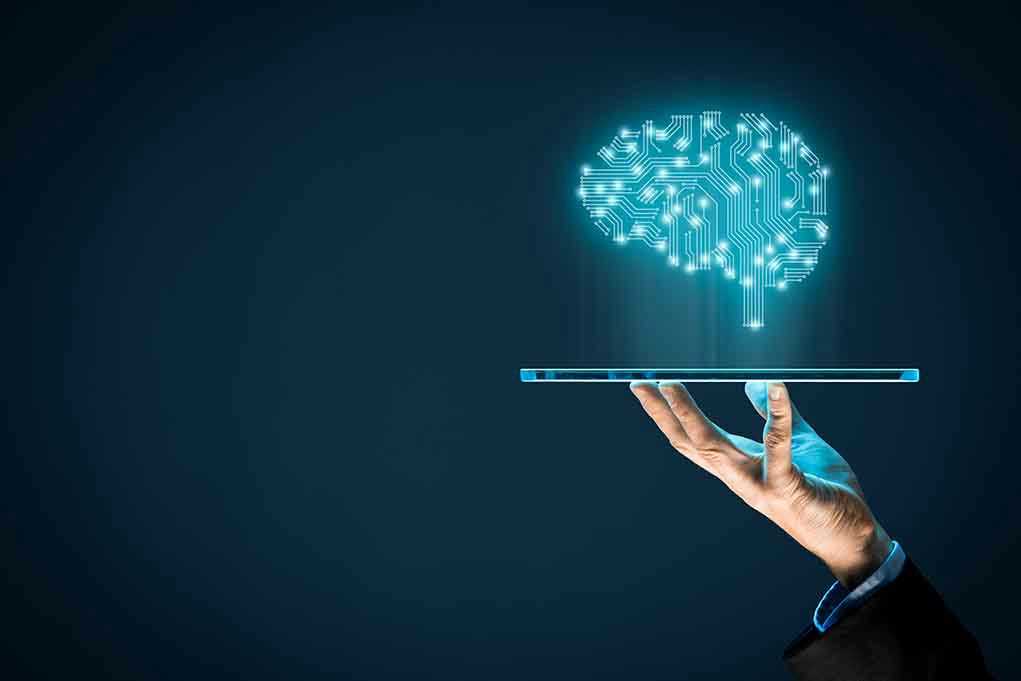
The vast majority of dementia patients cannot recognize their own cognitive decline, not because they’re in denial, but because their brain has lost the ability to perceive its own deficits.
Story Snapshot
- Anosognosia affects over 94% of dementia patients, preventing them from recognizing their cognitive impairment
- This condition is a neurological deficit, not psychological denial or stubbornness
- The disorder finally received official medical billing code R41.85 in October 2024
- Brain regions including the right parietal lobe and prefrontal cortex control self-awareness
- The condition creates massive barriers to treatment across psychiatric and neurological disorders
The Hidden Brain Malfunction Behind Treatment Resistance
French neurologist Joseph Babinski discovered something peculiar in 1914 when treating stroke patients with left-sided paralysis. These individuals weren’t simply stubborn or scared—they genuinely could not perceive their own disability. Babinski coined the term “anosognosia,” meaning “without knowledge of disease,” to describe this neurological blindness to one’s own condition. Today, this same brain malfunction affects the overwhelming majority of dementia patients, creating an invisible wall between them and the help they desperately need.
The numbers tell a stark story. Up to 81% of Alzheimer’s patients experience anosognosia, while the condition also strikes those with schizophrenia, bipolar disorder, and traumatic brain injuries. These aren’t patients choosing to ignore their symptoms—their brains have lost the fundamental ability to monitor and recognize their own functioning.
When the Brain’s Self-Monitoring System Fails
Modern neuroimaging reveals the mechanics behind this devastating condition. The right parietal lobe, prefrontal cortex, and connected neural networks serve as the brain’s quality control center, constantly monitoring cognitive performance and physical abilities. When disease or injury damages these regions, patients lose their internal awareness system while retaining other cognitive functions.
This creates a cruel paradox. A dementia patient may remember their grandchildren’s names but cannot recognize they’ve forgotten how to balance a checkbook. They might engage in complex conversations while remaining oblivious to their inability to safely drive or manage medications. The very brain regions needed to recognize these deficits have been compromised by the disease process itself.
Beyond Denial: The Clinical Recognition Revolution
Healthcare providers struggled for decades to distinguish between anosognosia and simple denial. The breakthrough came through careful clinical observation and brain imaging studies. Patients with psychological denial show emotional responses and partial acknowledgment when confronted with evidence. Those with anosognosia demonstrate genuine confusion and complete lack of recognition, even when presented with overwhelming proof of their deficits.
October 2024 marked a watershed moment when anosognosia received its own medical billing code (R41.85) for patients 15 and older. This formal recognition validates what families and caregivers have witnessed for years—their loved ones aren’t being difficult or stubborn, they’re experiencing a measurable neurological condition requiring specialized approaches.
The Ripple Effect on Families and Treatment Systems
Anosognosia creates cascading challenges throughout the healthcare system. Patients who cannot recognize their illness resist medical appointments, refuse medications, and reject safety interventions. Family members find themselves in the impossible position of overriding their loved one’s autonomy while watching them make dangerous decisions based on their impaired self-awareness.
The condition particularly devastates treatment adherence in psychiatric disorders. Patients with schizophrenia or bipolar disorder who experience anosognosia stop taking medications because they genuinely believe they’re healthy. This leads to repeated hospitalizations, family conflicts, and tragic outcomes that could be prevented with proper recognition and intervention strategies tailored to this specific neurological deficit.
Sources:
Cleveland Clinic – Anosognosia
Medical News Today – Anosognosia
Treatment Advocacy Center – Anosognosia Resources















